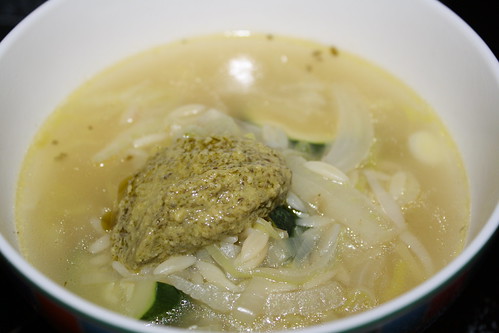Disclaimer: I was sent this wine by Wine Selectors as part of the first case in their Regional Series. Wine Selectors’ price is $16 a bottle.
I am not a big Sauvignon Blanc drinker and, in particular, I am not big on New Zealand Sauvignon Blanc. Not that I think there is anything wrong with a NZ Savvy but there’s rather too much of it, too much of it that is average, and too many people who won’t drink anything else.
If you do like a Sauvignon Blanc, please make the tiny effort required to seek out a home grown one.
This Sam Miranda Sauvignon Blanc comes from King Valley in north eastern Victoria – which is a good change for a South Australian. The Sam Miranda range is the premium range of the winery. Unfortunately, this Sauvignon Blanc doesn’t appear on the website, which is a shame because it’s not your typical SB when it comes to winemaking.
For the wine geeks, the wine has been subject to wild barrel fermentation (Sauvignon Blanc is usually made in stainless steel tanks), and has the unusual addition of 10% Savagnin and 5% Petit Manseng.
Savagnin is increasingly seen in Australia, because what everyone thought was Albariño turned out to be Savagnin instead. For most the world, it’s a little known grape – aside from us, it’s really only seen in its homeland of the Jura in France.
Petit Manseng is an even less familiar grape. It is originally from south west France and is now being grown a little in both California and Australia. I’ve only seen one straight Petit Manseng – the 919 from the Riverland.
So there are a lot of interesting things about this wine but this doesn’t mean that diehard Sauvignon Blanc drinkers will be disappointed. On the nose there is the gooseberry, passionfruit, pineapple and even a hint of banana that people expect, or even demand, of a Sav Blanc. It’s not the aggressively herbaceous cat’s pee kind of nose that you sometimes get – it’s very approachable.
On the palate it’s all about the passionfruit and pineapple. There’s acidity there and a bit more weight than the typical Sauvignon Blanc (I suspect that’s thanks to the barrel ferment). This makes this wine incredibly approachable and it would work just as well with food as it would as an apéritif.
This is great – because I can recommend this wine to you on two fronts. Yes, it does indeed have some curiosity value but it’s also good to drink.



